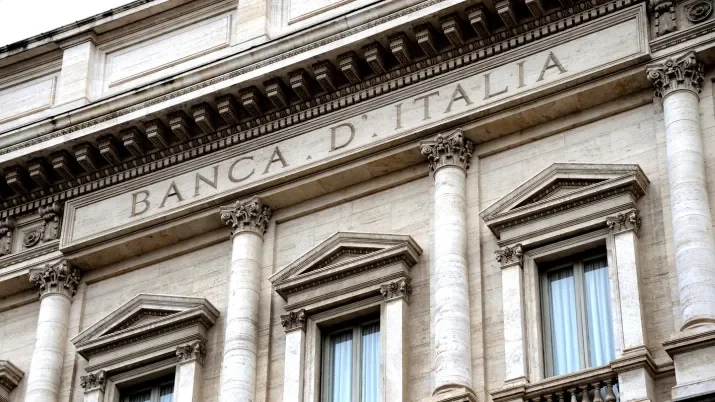High Yield Default Risks Rising
Fixed income managers never like to start their week reading headlines about potential defaults in the high yield sector, but sadly this has been one of those Mondays.
First CMC Ravenna, an Italian infrastructure and construction group, announced it will not pay the coupons on their 2023 bonds on time due to “cash flow tension”. Bonds were already trading at 30 cents on Friday and they have fallen at least another 10 points. Closer to home, troubles for UK food producer Boparan seem to be getting more acute. Press reports suggest Rothschilds and a law firm have been hired to advise the company on financial matters, though Boparan has not confirmed this. Boparan sold some assets earlier this year with the intention of partially calling its 2019 bonds, which is yet to happen and with this reported hiring of financial advisors investors are rightly getting nervous. Bond prices reflect this with the 2019 bonds yielding 17% for an eight month maturity. Finally, a piece of equity research today on global metals and mining company Nyrstar sparked a 10-point drop in its bonds, with the 2019 paper now trading in the low 60s. The report stated a debt restructuring is “inevitable”.
At around 2%, European High Yield default rates have been among the lowest in the world for a number of years now and it is difficult to see them going lower from here. Whilst we do not expect default rates to pick up substantially, we cannot ignore the fact that the number will most likely increase in the coming years as this cycle continues to mature.
With spreads where they are at moment, and in a year as difficult as 2018 has been for markets in general, we just don’t think returns on offer in high yield justify having positions in the more challenged issuers out there.
At this stage of the cycle, credit investments should reflect the fact the world economy is transitioning. First, monetary policy will not be as accommodative as in the recent past, and second, growth momentum globally is not as positive as it used to be. From a portfolio point of view, there simply isn’t enough of a cushion to offset losses in a given credit in a year like this one. Increasing average ratings and taking less credit risk as the cycle matures remains our stance.




